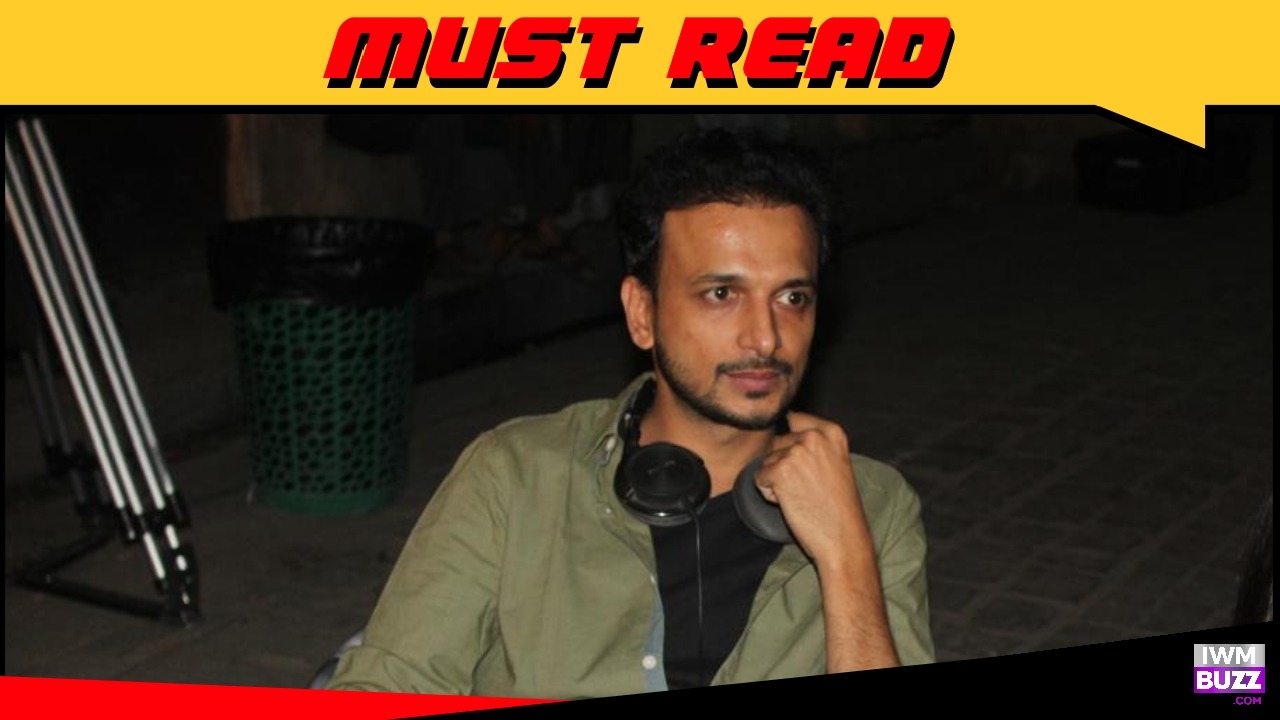Dheeraj Jindal’s new short film Momo Deal starring Akashdeep Arora and Anushka Kaushik premiered on Royal Stag Barrel Select Shorts on 8th of August, 2025. Dheeraj’s impressive track record includes his debut short The School Bag, which achieved global recognition with 106 festival selections and 44 awards. His subsequent films, such as Baj Gai Seeti, Vikalp, and Oscar-qualifier Paash, have solidified his reputation as a master storyteller.
As a producer, Dheeraj has supported award-winning projects like Sorry Bhaisaab, Katran, and Anahut, showcasing his commitment to impactful cinema.
In an exclusive conversation with IWMBuzz.com, Dheeraj talks about the unique subject of friendship, as described in Momo Deal.
Read on.
What inspired you to direct Momo Deal, and how did you approach the sensitive topic of loss and friendship in the film?
Momo Deal began with a casual conversation with my writer friend Palak Shah. She narrated a story about two friends, where one comes back after death. I immediately felt it had potential and told her we should explore it further. Soon, she sent me a three-page draft, and it touched me deeply. Just imagining the loss of a close friend—someone without whom you don’t know how to live—was very painful.
We decided that even though Mahima dies, her return had to feel natural. She doesn’t come back as a shadow of herself, but as the same carefree friend Naman always knew. That’s what makes their bond so real. She lightens his anger with her humour and eventually helps him confront his grief. I approached the film very simply, and at times it’s the hardest thing to achieve.
Can you walk us through the process of developing the story and characters in Momo Deal, and what you hope audiences take away from the film?
While Palak Shah wrote the story, we were clear from the start—this wasn’t a love story, but one about pure friendship. It’s about losing that one friend who’s always there for you. The one who laughs with you, cries with you, and knows you better than anyone else.
But here, the friend comes back—not to scare, but to help the other grieve. We chose Jaipur as the setting because friendships in smaller towns often feel deeply rooted, with people depending on each other in a very real way. We also built a strong contrast between the characters—Mahima is spontaneous and fun, while Naman is more intense and angry in the present. When she returns, she stays her playful self, because only then can Naman face his emotions honestly. Though just 13 minutes long, the film carries a universal thought—that death is beyond our control, and the only way forward is acceptance.
What were some of the unique challenges you faced while filming Momo Deal in Jaipur, and how did you overcome them?
Shooting in Jaipur on a small budget came with many hurdles. Our crew was a mix from Jaipur, Delhi, and Mumbai, which helped us bring in the best talent within our means.
At one location, we even had to put up streetlights ourselves to bring out its charm. Filming in real public spaces meant constant noise and crowd issues, even late at night. The toughest was the final emotional scene—time was running out, and the atmosphere wasn’t ideal for the actors. Yet Akashdeep Arora and Anushka Kaushik delivered with such honesty that it elevated the film. That credit goes entirely to them.
How did you balance the tone of the film to convey both the humour and emotional depth of the story?
The film constantly walks a fine line, so we were careful that humour only came naturally from the characters. Every light moment also revealed something about who Mahima and Naman are, rather than feeling forced. Even with a ghost at the centre, we avoided horror tropes or jump scares. Mahima had to feel like the same friend, not a spirit. The idea was that, after a point, the audience forgets she’s even a ghost—until she finally says she has to leave.
How does Momo Deal fit into your broader body of work, and what themes or elements do you hope audiences will recognise as signature to your filmmaking style?
I am still at the start of my journey, but I find myself drawn to stories about the inner wounds of a character—pain, trauma, confusion, and the struggle to make sense of it. I enjoy telling human dramas that touch you in some way.
My approach is to keep everything grounded—real people, real emotions, real spaces—but frame them in a cinematic way. Whether this becomes my signature style or not, I’ll leave it to the audience to decide.


